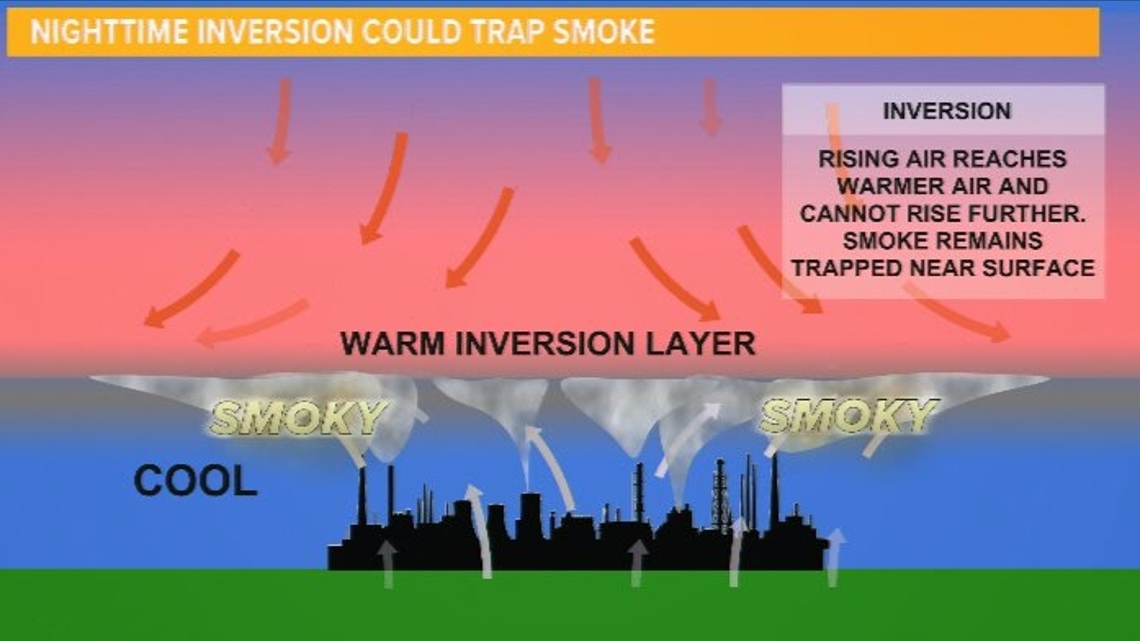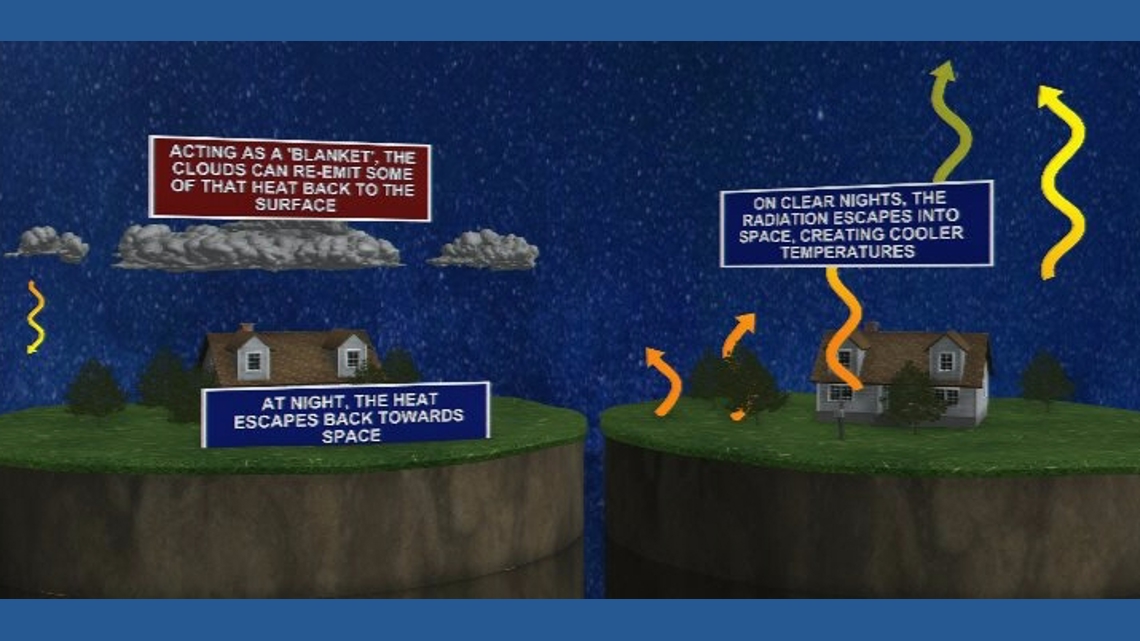Viral social media posts this week falsely claimed that Jacksonville had bad air quality, but mornings this time of year can have reduced air quality. Here’s why.
JACKSONVILLE, Fla. — A series of viral social media posts this week claimed that Jacksonville was under dangerous air quality conditions, urging residents to stay indoors. But according to air quality data from state and federal monitors, the reports were not accurate.
From Monday through Friday, peaking on Thursday, air quality across Jacksonville and much of the southeast has remained in the moderate range. Not unhealthy, but those sensitive to poor air quality could be impacted.
Misleading maps circulating online, displaying a large red zone over Jacksonville, were the result of a faulty piece of monitoring equipment. That error image was widely shared before officials confirmed the data incorrect.
While the viral warning was false, there is a scientific reason why mornings this time of year can see temporarily reduced air quality, especially on clear, cool nights.


It’s a phenomenon called radiational cooling. When skies are clear and winds are calm overnight, the ground loses heat rapidly. The air near the surface cools faster than the air above it, forming what’s known as a temperature inversion. That inversion acts like a lid, trapping pollutants such as smoke, dust and exhaust near the ground until the air warms and mixes later in the morning.
These calm, cool mornings under high pressure are typical for autumn and they can lead to brief periods of haze or reduced air quality near the surface, but it’s nothing unusual.
As the weekend approaches, increasing cloud cover and stronger winds are expected to mix the lower atmosphere, breaking the inversion and improving air quality across Northeast Florida.
You can always check for verified air quality readings through the Environmental Protection Agency’s AirNow.gov page or the Florida Department of Environmental Protection.


